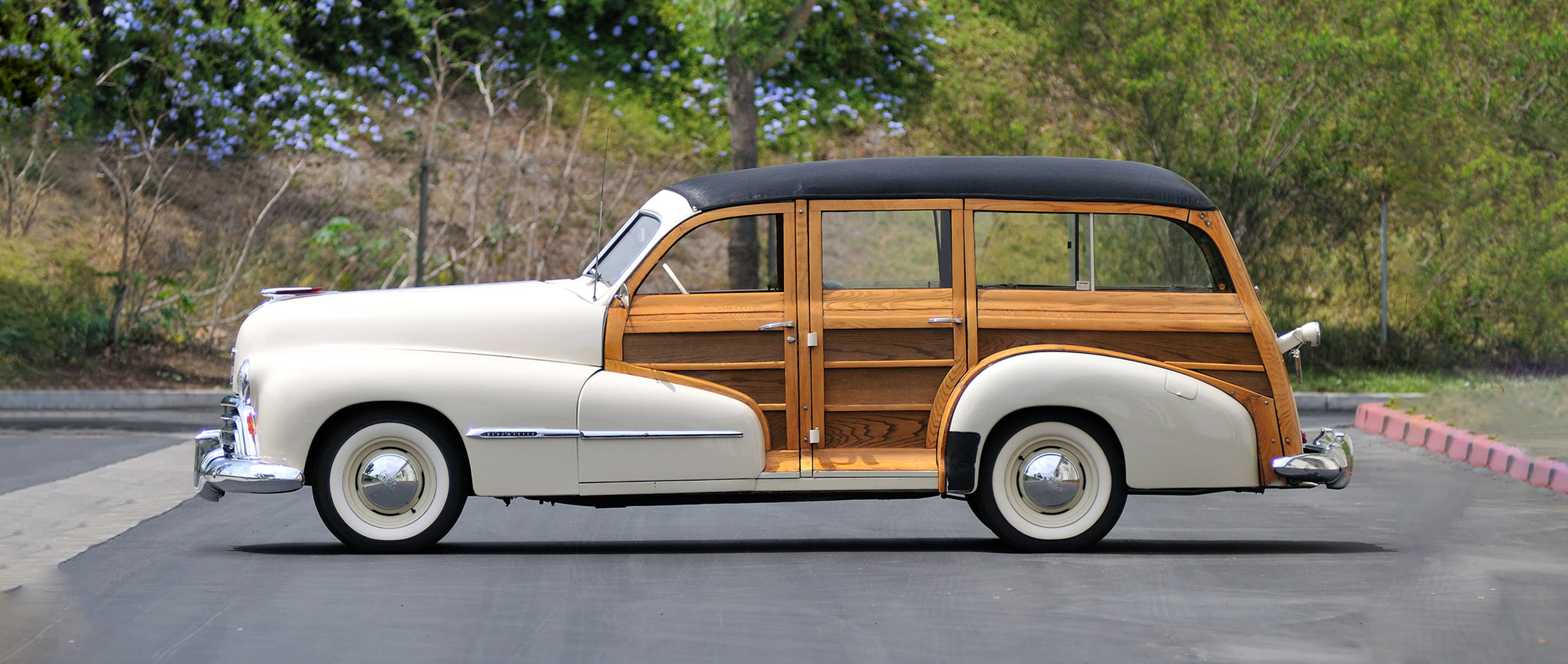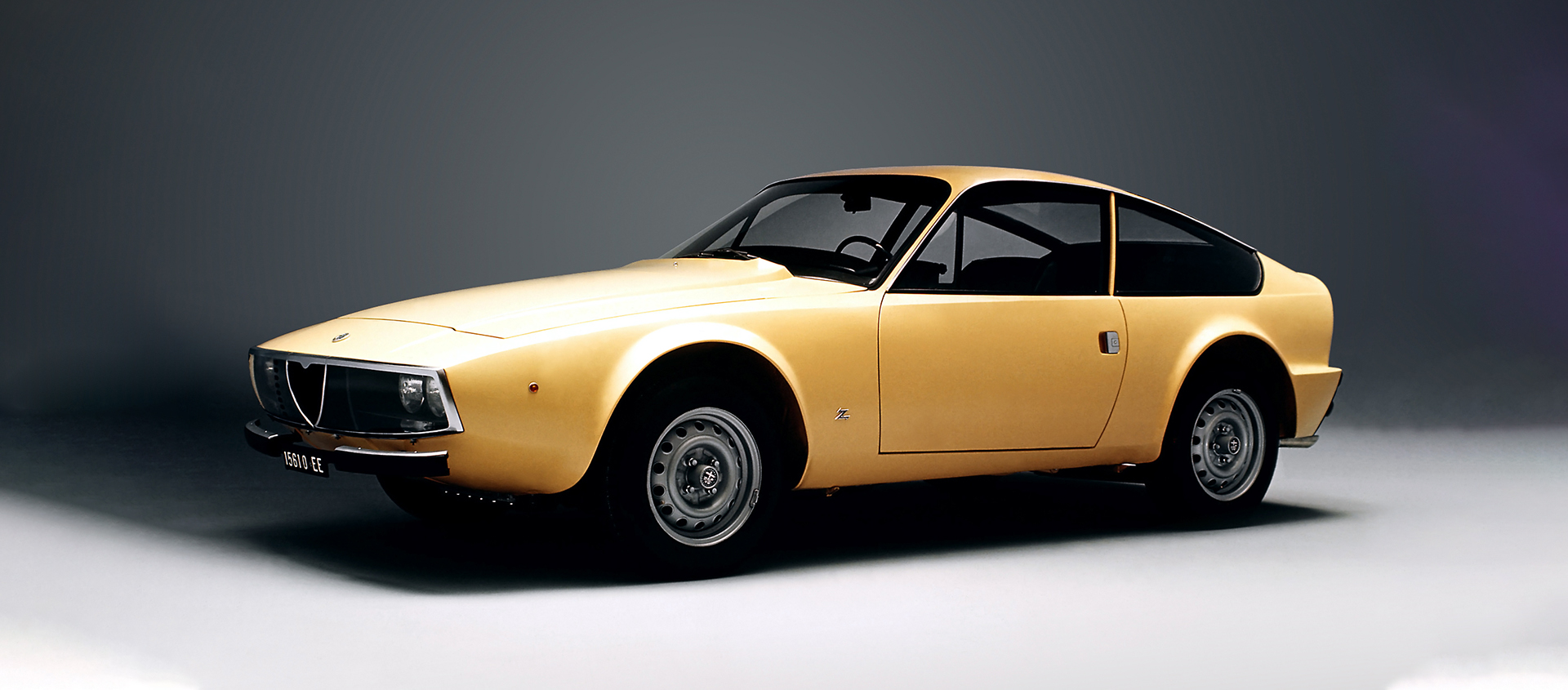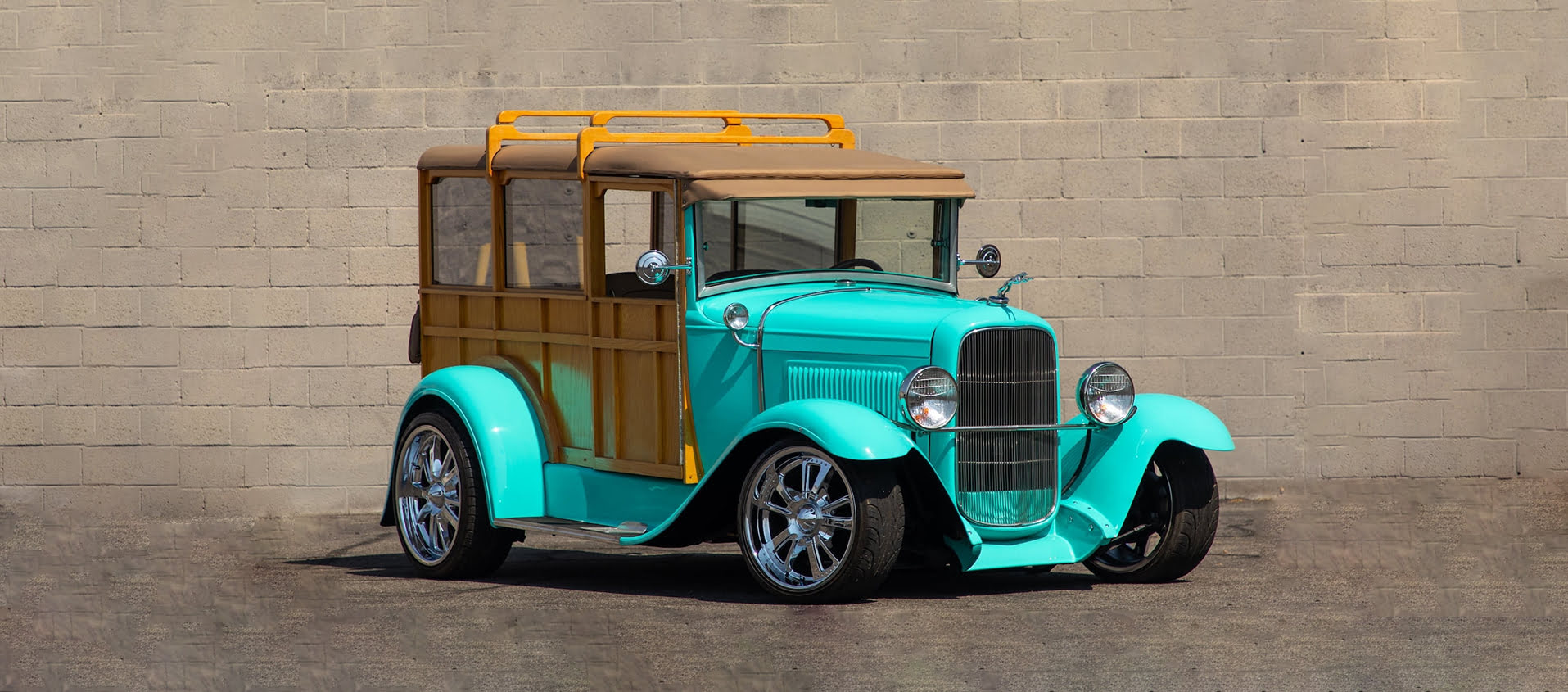Wood? It will return
29 October 2020 1 min read 7 images

To understand the phenomenon of “woody cars” it's necessary to take a few steps back to the beginning of the last century when the first automobiles, primarily motorized carriages, were commonly made out of wood. Then Henry Ford came along with his mass-produced vehicles made out of steel, but this did not herald the end of wood.
Register to unlock this article
Signing up is free and gives you access to hundreds of articles and additional benefits. See what’s included in your free membership. See what's included in your free membership.
Already have an account? Log In


